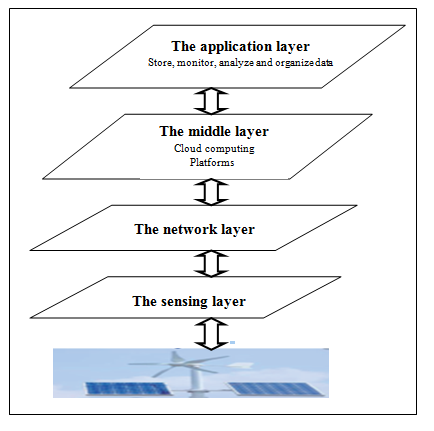Selection Best Policy in the Solar Wind Energy under Magnitude of the Area for the Ranking of Alternatives (MARA) Method
Main Article Content
Abstract
The deployment of solar and wind energy technologies has witnessed remarkable growth globally. Solar wind energy requires careful grid management and the development of energy storage technologies to ensure a stable and reliable electricity supply. The selection policy for solar and wind energy is crucial to promoting the efficient and effective deployment of renewable energy technologies. This study provides an overview of the critical considerations and criteria for the selection policy for solar and wind energy projects. It emphasizes the importance of site suitability, resource assessment, technological feasibility, economic viability, environmental impact, community engagement, and regulatory compliance. By implementing a robust selection policy, policymakers and stakeholders can ensure the successful implementation of solar and wind energy projects that contribute to a sustainable and low-carbon energy future. This study builds a framework with three stages. In the first stage, we make the decision matrix between criteria and alternatives by the experts and decision makers. In the second stage, we compute the criteria weights by the average method. In the final stage, we used the Magnitude of the Area for the Ranking of Alternatives (MARA) Method to rank the alternatives. We used 10 criteria, and 15 policies to select the policies in solar wind energy. The results concluded that the proposed method could provide a new method to rank alternatives and select the best policy in solar wind energy. Moreover, the proposed method can introduce simpler and more flexible methods.
Downloads
Article Details

This work is licensed under a Creative Commons Attribution 4.0 International License.





